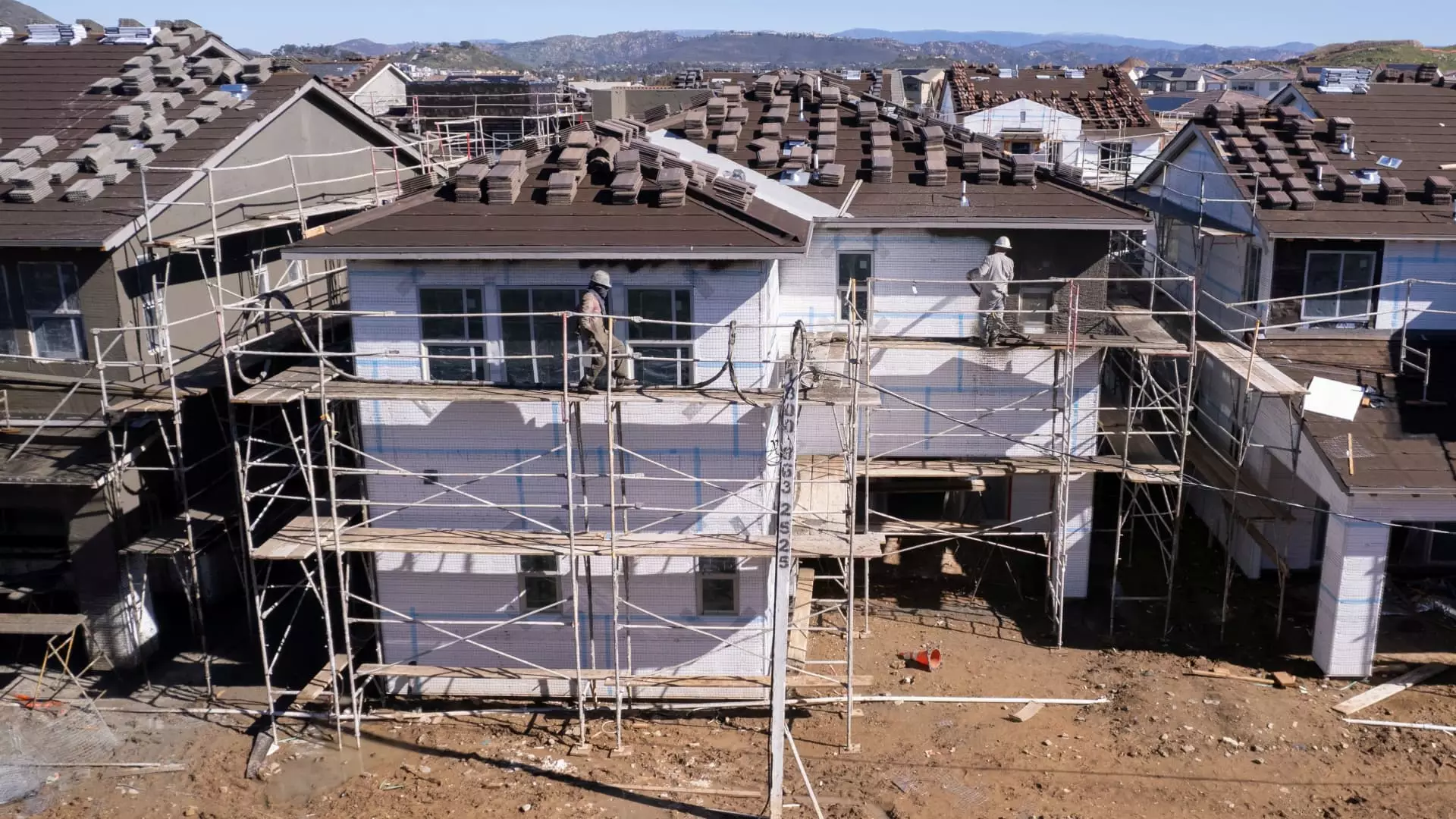In recent years, top homebuilders such as D.R. Horton and Lennar have shown impressive shareholder returns, outpacing the broader S&P 500 index. However, analysts have recently downgraded the investment outlook for both companies, raising concerns about their future performance. Despite this, some investors remain optimistic about the industry’s prospects for growth and success.
Industry observers note that top homebuilders have significantly strengthened their market positions since the 2007-2008 financial crisis. Stimulus packages in the early 2010s provided a substantial liquidity boost to many companies in the industry, allowing them to utilize these resources in various ways. Research by experts, such as Luis Quintero from Johns Hopkins University Carey School of Business, suggests that lower levels of competition among homebuilders may be contributing to the current housing shortage in the United States.
The United States is facing a significant shortage of housing units, with estimates ranging from 2 million to as high as 20 million. The slow pace of permit approval processes, particularly in areas with restrictive zoning laws, has been identified as a major factor contributing to this shortage. Margaret Whelan, founder and CEO of Whelan Advisory, highlights the differences in land decision timelines between states like California and Texas, emphasizing that areas with looser regulations are experiencing higher levels of home sales.
Recent data shows that permits and starts of new residential projects have declined from the peak levels seen in 2021. Rising mortgage rates and rapid home price inflation have deterred many potential buyers from entering the market. The contrasting views of Vice President Kamala Harris and former President Donald Trump on zoning reform are expected to impact the pace of residential construction in the coming years. Harris’s proposal to relax restrictive zoning laws and provide subsidies for builders aligns with her goal of constructing 3 million new homes by the end of the next presidential term. On the other hand, Trump has criticized the administration’s focus on bringing denser housing to suburban areas and has linked it to the current inflation situation, which has affected housing affordability for young buyers.
Conclusion
The future of homebuilders in the U.S. is influenced by a complex interplay of market trends, regulatory challenges, and political dynamics. While the industry has shown resilience and growth in recent years, the looming housing shortage poses a significant obstacle to sustained success. Addressing the permit approval process, zoning regulations, and affordability issues will be critical for ensuring the long-term viability of homebuilding companies in the United States. Investors and industry stakeholders will need to closely monitor these factors and adapt their strategies to navigate the evolving landscape of residential construction.

